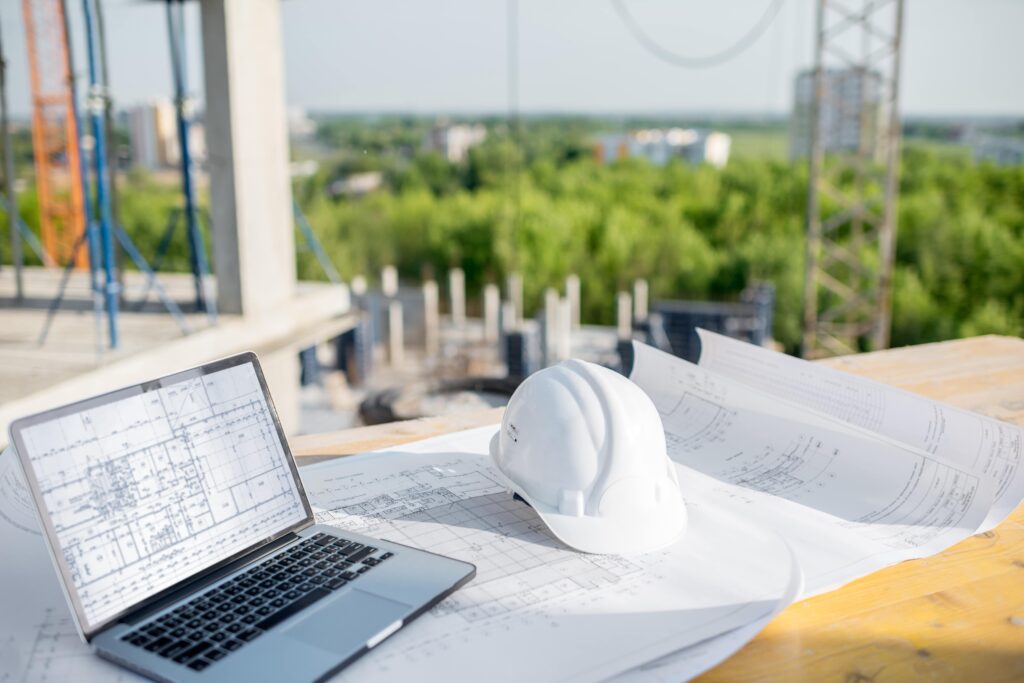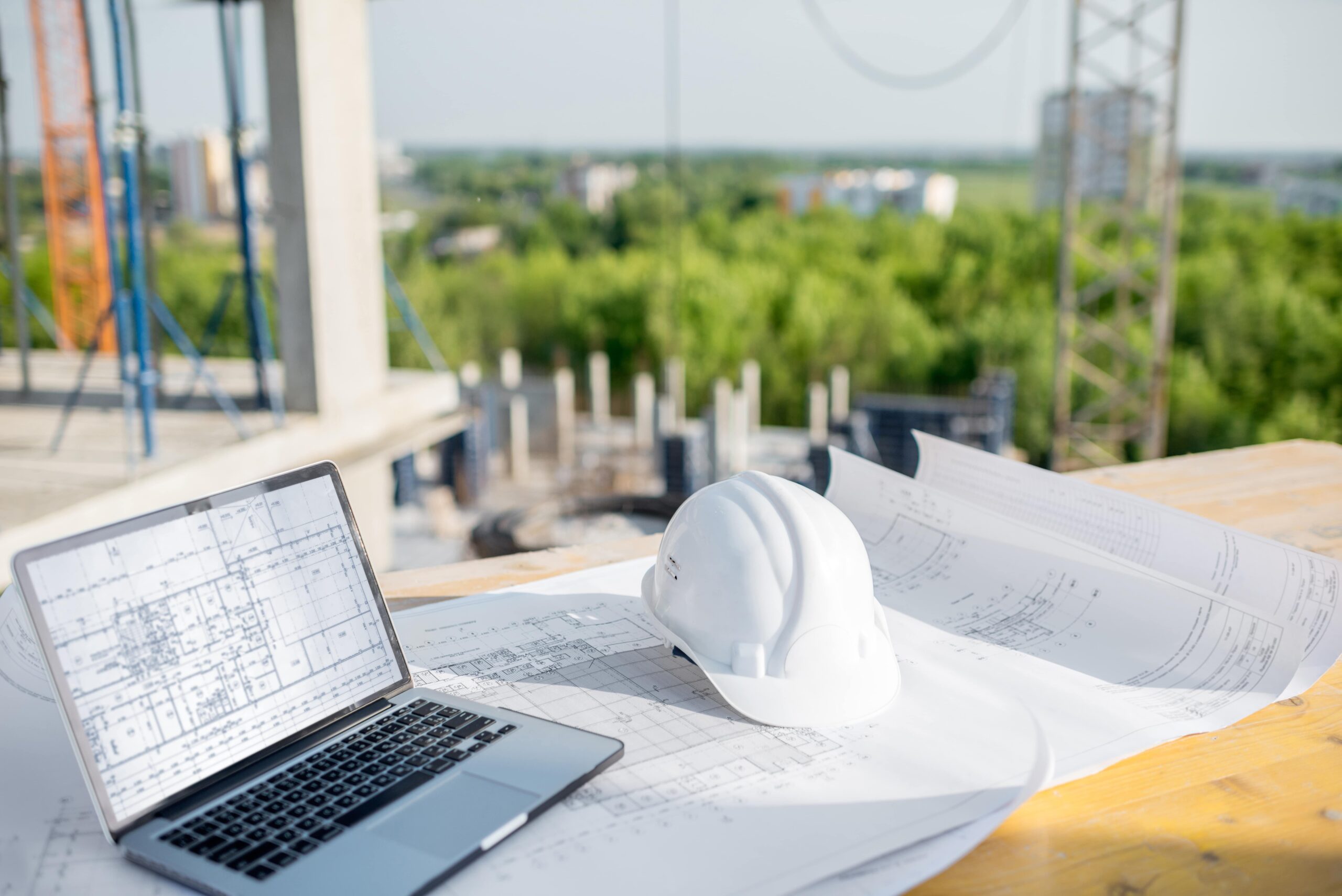
In New York City’s high-stakes construction sector, the cost estimation of building construction has evolved into a data-centric discipline. Once reliant on manual calculations and expert intuition, estimation now depends on analytics, automation, and digital insights.
At True Bid Data, precision and strategy converge through data. Using advanced analytics, firms can accurately forecast budgets, identify cost risks, and align financial planning with real-world conditions. In NYC where every square foot represents opportunity and cost data-driven estimation provides the foundation for smarter building decisions.
The Power of Data in NYC Construction Estimation
Construction in New York City presents unique challenges: volatile material pricing, complex permitting, and logistical constraints. Data analytics empowers firms to overcome these challenges by translating raw data into actionable intelligence.
Key analytical datasets used in modern estimation include:
- Historical bid and project cost records.
- Labor productivity and wage trends across boroughs.
- Supplier pricing databases and delivery lead times.
- Weather, zoning, and geospatial data influencing build conditions.
By consolidating these variables, True Bid Data’s analytical approach delivers estimates that reflect current market realities reducing the risk of underestimation or unforeseen cost escalation.
Machine Learning and Predictive Modeling in Cost Forecasting
Predictive analytics and machine learning now serve as the backbone of cost estimation f building construction. These technologies continuously analyze project data to detect trends, correlations, and anomalies.
For instance, a predictive model can forecast how labor shortages in Brooklyn may affect project timelines, or how rising steel prices could alter future bid competitiveness. Each new dataset refines the model’s accuracy, allowing estimators to adapt dynamically to the market.
This shift toward predictive intelligence moves cost estimation from reactive accounting to proactive strategy essential in the unpredictable environment of NYC construction.
Integrating Digital Strategy with Estimation Systems
A key differentiator for NYC construction firms is how effectively they merge data analytics with their digital strategy. True Bid Data promotes the integration of cloud-based tools and cost management platforms that unify estimation, procurement, and operations.
This digital alignment allows for:
- Real-time budget synchronization when design changes occur.
- Automated updates from supplier APIs and labor databases.
- Collaborative dashboards for transparent decision-making.
Through digital strategy, cost estimation becomes a continuous analytical cycle constantly updated, traceable, and scalable. The result: reduced delays, fewer cost discrepancies, and greater confidence in every bid submitted across New York City.
The Role of Local Market and Geospatial Insights
Understanding local context is vital for accurate cost estimation of building construction in NYC. Each borough carries distinct variables—from zoning restrictions to logistics challenges—that directly affect cost.
Geospatial analytics adds a layer of precision by evaluating location-based factors such as:
- Delivery access and traffic congestion impacts.
- Infrastructure density and utility availability.
- Site conditions influencing foundation or excavation expenses.
For example, transporting materials into Manhattan incurs higher costs due to congestion pricing and permit restrictions compared to outer boroughs. By integrating such insights, True Bid Data ensures cost projections accurately represent the true complexity of New York’s urban construction landscape.
Enhancing Collaboration with Data Transparency
Data transparency transforms how teams collaborate throughout estimation and execution. When all project stakeholders architects, contractors, and financiers operate from a unified data dashboard, trust and alignment follow naturally.
Shared data visualizations help explain not only what an estimate costs, but why. This transparency accelerates approvals, reduces disputes, and ensures that every dollar is backed by verifiable analytics.
True Bid Data emphasizes this collaborative framework, making cost data accessible and meaningful across departments. In NYC’s fast-moving construction market, transparency isn’t just efficient it’s essential for credibility.
Sustainability and Lifecycle Costing in Modern Estimation
As sustainability becomes central to NYC’s building codes, data analytics enables estimators to incorporate lifecycle costing and environmental metrics into their forecasts.
Analytics tools now assess how green materials, renewable systems, and energy-efficient designs impact both upfront investment and long-term savings.
For example, a predictive cost model might calculate how energy-efficient HVAC systems reduce utility costs over 20 years helping decision-makers balance immediate expenses with long-term benefits.
True Bid Data’s sustainable cost modeling ensures that projects remain financially viable while meeting the city’s climate and compliance goals.
AI and Automation: The Future of Construction Estimation
The next phase of cost estimation of building construction will be driven by artificial intelligence and automation.
AI will streamline repetitive tasks such as data entry and pricing updates, freeing estimators to focus on strategic interpretation. Automated systems will also flag cost anomalies in real time, ensuring instant visibility into potential budget issues.
As predictive and prescriptive analytics evolve, estimators will rely on dashboards that synthesize everything from market inflation signals to subcontractor performance scores.
For New York City, where competition and precision define success, automation represents not just efficiency but competitive advantage.
From Insight to Strategy: A New Era for NYC Construction
Data analytics transforms estimation from an isolated function into a strategic engine for business growth.
Through platforms like True Bid Data, construction companies in NYC can harness analytical intelligence to:
- Anticipate market changes before they impact costs.
- Strengthen bid accuracy and profitability.
- Align financial forecasting with digital transformation.
When data becomes the backbone of cost estimation, every project benefits from clarity, confidence, and control.
Conclusion: Building the Future Through Data-Driven Estimation
The cost estimation of building construction is no longer about spreadsheets it’s about strategy, analytics, and foresight. In a city as dynamic as New York, success depends on turning data into a competitive edge.
True Bid Data empowers firms to move beyond traditional methods by integrating analytics, AI, and predictive modeling into their estimation workflows.
In doing so, NYC builders not only calculate costs they uncover insights that drive smarter, faster, and more sustainable construction decisions.




